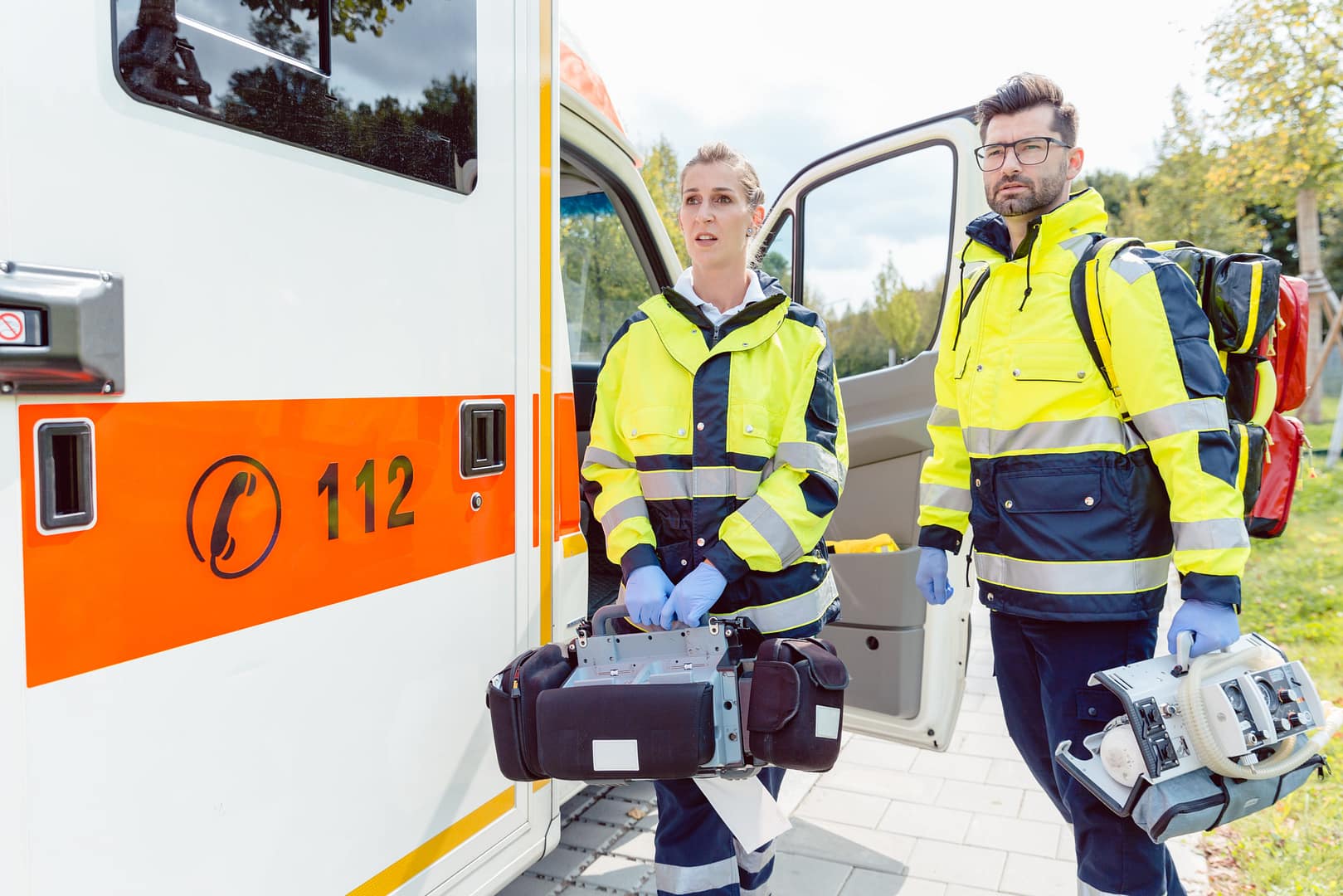A human-centred approach to emergency services
One obvious way to answer these questions would be to refer to the various legislation, regulations, and other forms of guidance that offer a formalised criteria to guide the activities of emergency services.
These are helpful in expressing general duties and specific requirements in functional terms. They can be seen to represent a top-down view in which government and other bodies act on behalf of their citizens to define the services that are required to help communities in the event of an emergency.
These requirements are often accompanied by apparatus such as inspections, audits and reviews which monitor compliance with both general corporate and service specific duties. In addition there will be various professional bodies, meeting forums, conferences, and publications which, in combination, mean the governments’ (or other authorities) expectations remain visible and influential. Accordingly, emergency services will usually devote resources to servicing these needs. In combination, this generally constitutes an effective system to ensure the imposed requirements are known and enacted.

This top-down model has been widely adopted and benefits from having been in place for many decades. However, it does have some limitations, two of which are now becoming more important.
The first limitation is that this model is often complex, fragmented and not very responsive to an increasingly different world. That means change is usually limited to incremental improvements of the existing arrangements. As such, the focus is often on the means of delivery with the assumption that better outcomes will naturally follow. It is rare to see new policies or strategies proposed that depart from the default model. This limits the scope for innovation and makes it difficult for new providers to enter the sector.
The second limitation is that current arrangements provide for very little means to ensure that citizens can directly inform and influence the services created in their name (a bottom-up perspective). And certainly nothing that compares to the considerable resources devoted to achieving the top-down requirements. Whilst citizens of course need responders to address the immediate risk presented by an emergency, they also have additional priorities and needs. These extend beyond those defined in legislation or reflected in emergency response practice. In many ways these can be considered as the human experience or how it feels to be affected by an emergency.
For example, the influence of the emotional impact of an emergency is still poorly appreciated and, in some ways, invisible. Any yet it has important and multiple implications at every stage of the emergency. It can influence how citizens interact with emergency services, drive their behaviour based on priorities that do not align with those of responders (e.g. concern for their pets and valued possessions) and may pose risks to their mental wellbeing. But if pro-actively managed, there are multiple opportunities to enhance the experience for all and to reduce the harm caused by events. But failing to do so leaves citizens vulnerable to avoidable secondary harm and unintended consequences.

The personal or community-level impact of an emergency is usually broader in scope and longer in duration than is typically recognised by legislation and responders. Where responders will see the immediate general and physical impact, citizens will also understand how it affects them directly, both physically and emotionally. This is a very individual and contextual assessment, in which, what appears to be a minor incident to responders can still be life changing for the citizen.
And whilst legislation recognises the requirement to save life, it rarely relays how important it is to design services that also achieve the best quality of life outcome. Nor does it address other areas we as humans value, even in an emergency, such as being treated with respect and dignity. At a human level, there are even some important ethical debates that we need to be having with citizens that a top-down approach does not enable. In fact, by prioritising the top-down mandate, we not only have a serious blind spot but are missing an important catalyst for ensuring we are always seeking to ensure better outcomes for citizens. Which is one way we serve our communities.
Fortunately, this problem is not confined to the emergency services.
In a rapidly changing world, where risks and opportunities can appear quickly, organisations in many sectors have already had to spend time thinking about their own purpose. By doing so, they can quickly transform working structures (their ‘how’) or change their products and services (their ‘what’), whilst staying true to their ‘why’.
Emergency responders are not currently subject to quite the same urgency and range of external challenge as commercial companies. But that will not always be the case. For example, change in the health sector is increasingly being driven by the entry of commercial companies who are delivering human-centred technology directly to citizens. This trend will continue and extend to other sectors including the wider emergency services. And so the opportunity to transform services now, before that occurs is a valuable gift. Along with the high regard citizens have for the emergency services, and its own assets (e.g. its incredible personnel, experience, and knowledge), it is well placed to retain its central role.
But an amazing legacy and incremental change will not be enough as we face risks of a nature and scale that could quickly overwhelm current models. We must transform. This means investing in improving our understanding of the human experience and needs of our citizens. And simultaneously creating new systems and mechanisms to ensure that in future we design services that will always start with the primary aim of improving their experience and outcomes. We must use both the top-down and bottom-up drivers but recognise that ultimately it is the citizen who we serve, they are our most important customer. The top-down apparatus should enable us to do that and provide a national or regional context. But meeting these requirements alone should not be considered as our sufficient to achieve our ‘why’.
We must also be able to offer services that ensure those many acts of compassion and humanity our personnel demonstrate happen consistently and intentionally. Not by relying on individuals, but because we have an organisational culture and intentional service design process that ensures that we understand and deliver what our citizens need.

We cannot afford not to. One reason is because competition, in some form or other, will start to encroach on the emergency services and they will not be able to rely on their traditional monopoly status for protection. However, rather than changing because of this threat, I believe that most people in the emergency services would be more motivated by the opportunity to better serve their communities. The satisfaction of helping someone in times of distress is the always best reward we can get. By strengthening the connection with citizens we will be better placed than ever to do that. In closing, I would ask that you consider doing one simple thing and then maybe read this again. Something which, quite shockingly, I did not do until I had been in the fire service for over 20 years. And that was to sit down with two or three citizens who have experienced an emergency and ask them to tell you their story in their words (where that would not cause them unreasonable distress to do so). You may be surprised by what they say and how they. I hope that they will, more powerfully than I ever could, make the case for why our next emergency response transformation must be human-centred.
The opinions expressed are those of the authors and do not necessarily represent the views of EENA. Articles do not represent an endorsement by EENA of any organisation.

David Wales
- This author does not have any more posts.
Share this blog post on:
